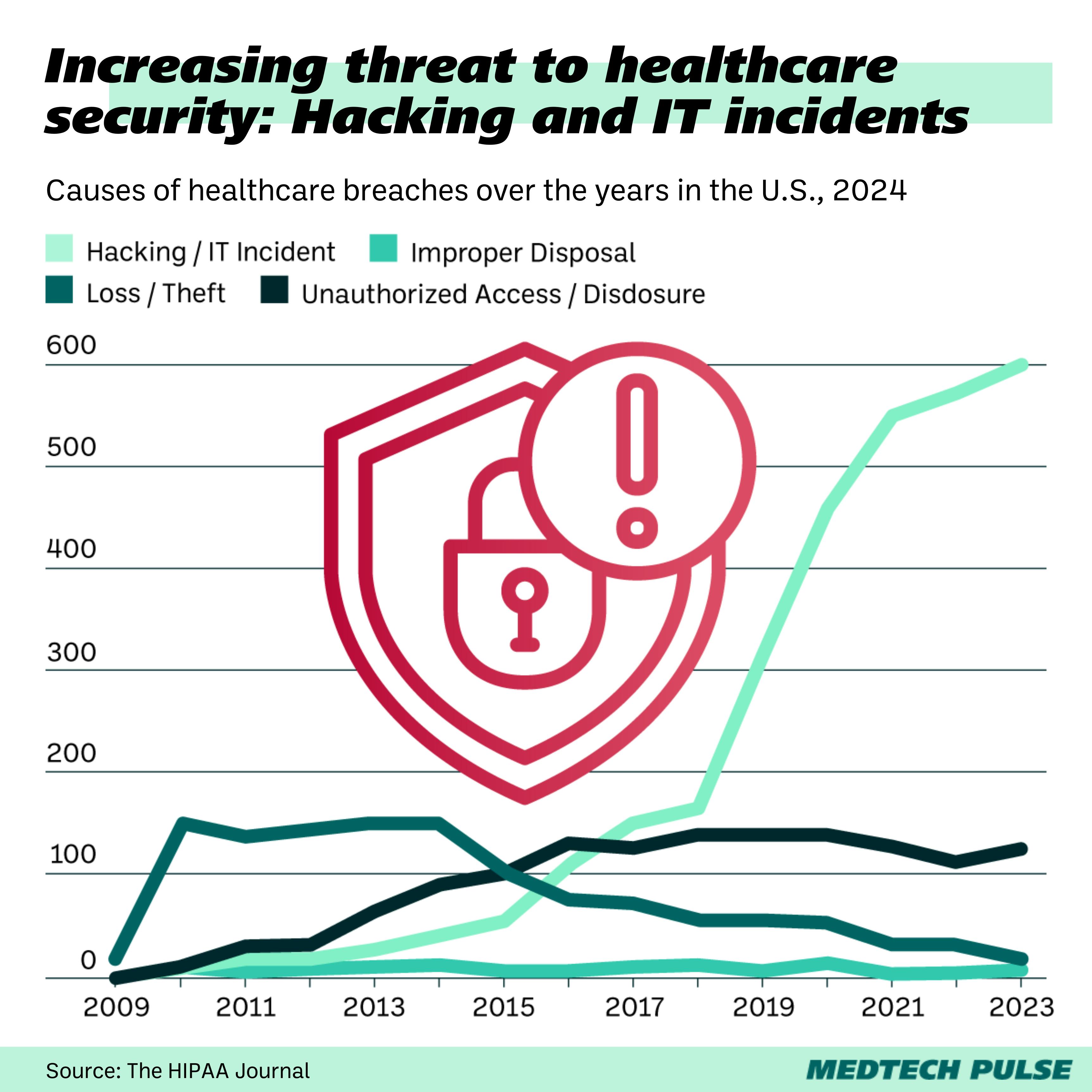Knock, knock. It’s the blue screen of death.
Airports. Hospitals. Emergency services. All thrown into disarray.
Rarely does an IT issue require its own Wikipedia page. But that’s how disastrous last month’s Microsoft Windows outage was.
Around the world, the infamous “blue screen of death” graced displays after cybersecurity company CrowdStrike pushed a faulty software update, leading around 8.5 million IT systems to crash around the world.
In our world, the disruptions to healthcare were the most horrifying. How long so many critical systems were down made me think about the frailty of the tech we rely on. It made me wonder about the state of IT emergency preparedness in our industry.
What does IT emergency preparedness generally look like in healthcare?
- Increasingly, when we think and talk about healthcare cybersecurity, we’re focusing on preventing or responding to hacking and ransomware.
- Think of the massive UnitedHealth/Change Healthcare hack from earlier this year. Many healthcare firms were struggling to make payroll.
- However, might focus on this sort of disaster obscure massive threats of a much more mundane variety… like a simple software update?

In the same way that hospitals must prepare for disasters—by stocking extra medications, reviewing evacuation procedures—health IT must also bolster itself to ride out a variety of storms.
How healthcare and emergency services IT departments are fighting outages:
- Hospital IT: having to pause surgeries and resort to pen-and-paper charting gave many hospitals a reality check during the CrowdStrike outage. It underscored the dangers of being entirely reliant on individual IT vendors for business operations. Business continuity planning for future outages involves building in more IT redundancy and relying on health information exchange (HIE) portals to access patient records.
- 911: The CrowdStrike outage wasn’t the first time the U.S.’s national 911 emergency response system suffered outages. Recent statewide outages have happened from simple missteps like firewall issues and a severed fiberoptic cable. Next-gen 911 plans include replacing analog infrastructure with more digital systems with more backup redundancy.
Healthcare can’t just go to patients whose hospitals happen to be using the right software or be in the right place. To ensure everyone gets the care they need, we must prioritize building out more robust IT systems. We must ensure we’re covered even on the unluckiest of IT days.
